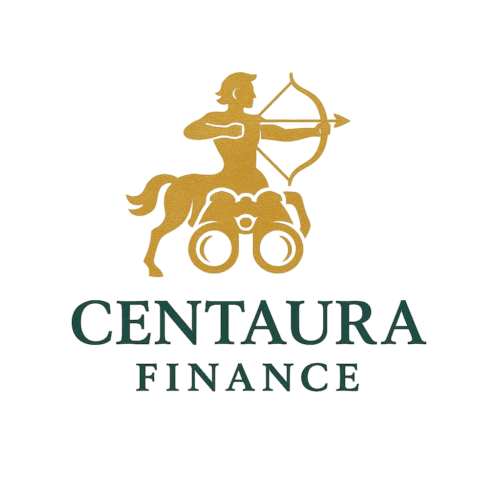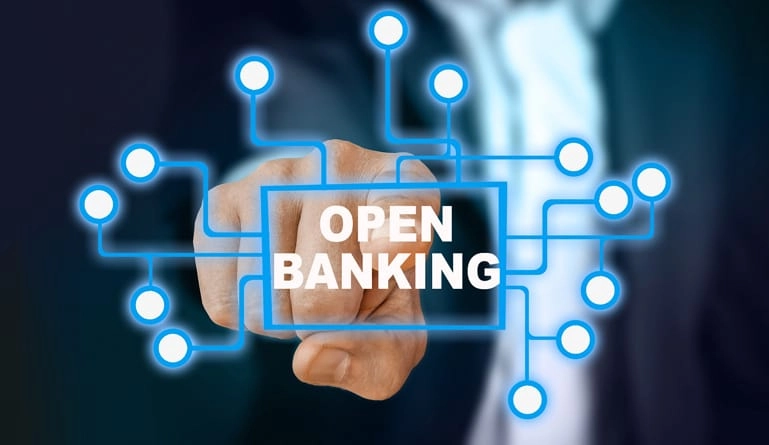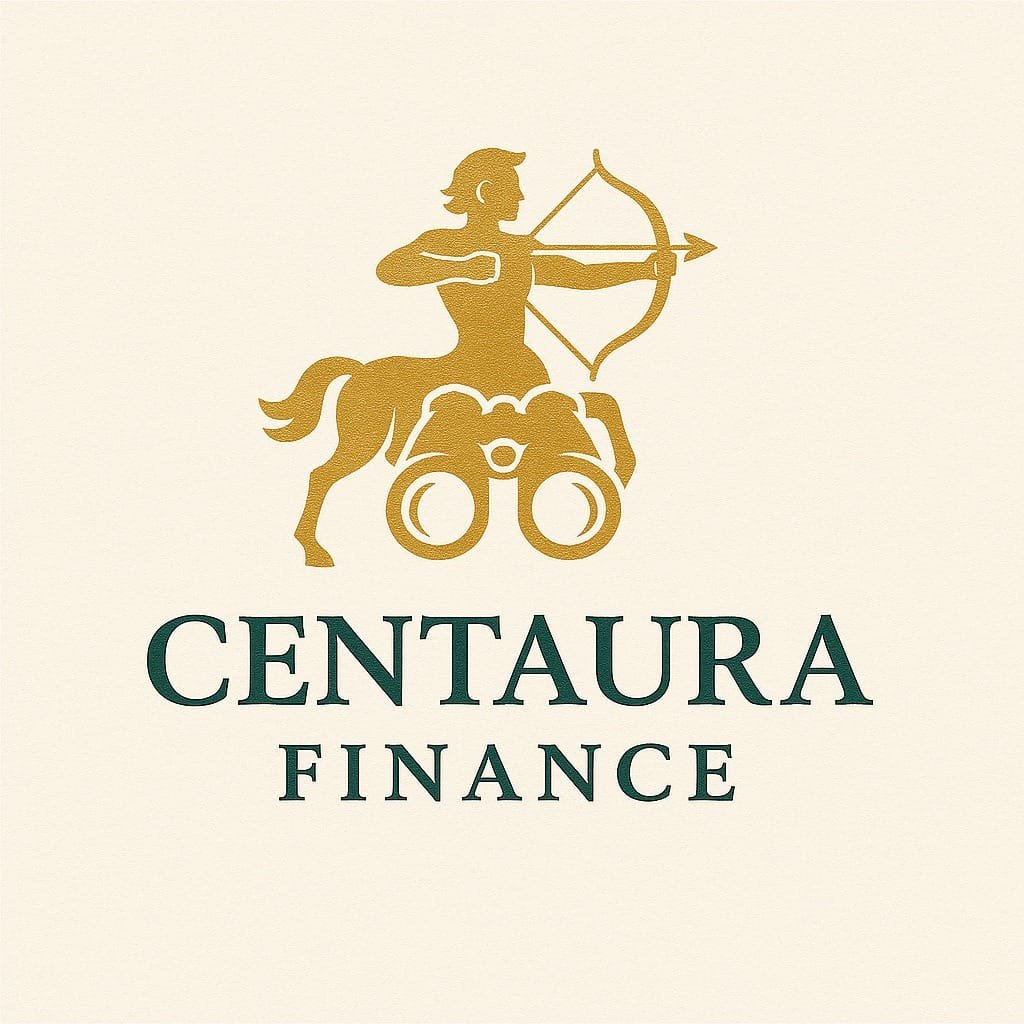Imagine logging into one app and instantly seeing your savings, checking, credit cards, and loans; even investment accounts, all in one place.
You not only track your spending in real-time but also receive custom suggestions for how to save, invest, or pay off debt faster. This is not the future—it’s happening right now, thanks to open banking money management tools.
If you’ve been wondering what open banking is in simple terms or how it can help you better manage your money, you’re not alone.
More Americans and people across the world are turning to open banking-powered platforms for smarter, safer, and more personalized financial control.
In this article, we’ll explore how open banking is revolutionizing money management, break down the technical jargon into something easy to understand, and dive into the real benefits for everyday people like you.
From apps to payments to guidelines in the U.S., we’ll cover it all, so you feel informed, empowered, and ready to take control of your financial future.
What Is Open Banking in Simple Terms?
Open banking is a system that allows your financial data to be shared securely (only with your consent) between banks, fintech apps, and third-party providers. This is done through Application Programming Interfaces (APIs)—a safe way for apps to “talk” to each other.
In simple terms:
You allow an app (like a budgeting tool) to connect to your bank
It pulls your financial info (balance, transactions, etc.) and uses it to give personalized money advice
You stay in control of what’s shared and for how long
That’s the foundation of open banking money management: letting technology use your real-time financial data to help you make smarter money moves—automatically.
Why Open Banking? What’s the Big Deal?
Before open banking, banks kept your financial data locked away. It was hard to switch banks, get better deals, or use third-party apps to help you save or budget. Now, open banking levels the playing field. It gives you control over your data—and lets you use it to access smarter services.
Some of the most asked questions are:
What are open banking payments? – This refers to making payments directly from your bank using open APIs, without needing a card or third-party payment processor
What is the open banking system? – It’s a new financial model driven by customer consent, digital innovation, and secure data sharing
What does open banking mean for me? – In short: faster services, better tools, and personalized control over your money
How Open Banking Powers Smart Money Management Apps
Open banking fuels a new generation of money management apps that give you an all-in-one view of your financial life.
These apps use your banking data to:
Categorize your spending
Alert you when bills are due
Recommend saving goals
Offer budgeting tips
Help you avoid overdrafts or late fees
Popular Open Banking Money Management Apps (U.S.)
Mint — Tracks spending & budgeting
Truebill (Rocket Money) – Cancels unwanted subscriptions
YNAB — Encourages intentional budgeting
Copilot — A modern money assistant using open banking APIs
By using these tools, you’re not just tracking your finances—you’re actively improving them.
Benefits of Open Banking for Customers
Here’s why more people are switching to open banking-powered platforms:
1. Real-Time Financial Insights
You don’t have to wait for monthly statements anymore. Open banking gives you up-to-the-minute access to all your accounts in one dashboard.
2. Better Budgeting
With spending automatically categorized and visualized, you can finally see where your money goes and where you can save.
3. Lower Costs
By comparing offers from different providers (thanks to shared data), you can find lower-interest loans, higher-yield savings accounts, or cheaper insurance.
4. Improved Credit Access
Open banking allows lenders to use alternative data (like cash flow) to assess your creditworthiness—even if you have a thin credit file.
5. Personalized Recommendations
The apps don’t just show you numbers—they help you act on them. Save more. Spend better. Pay off debt faster.
Is Open Banking Safe?
Security is one of the top concerns. But open banking is built for security.
Safety Features Include:
Bank-level encryption
Two-factor authentication
Time-limited access to your data
You choose what’s shared and can revoke access anytime
So when people ask, “Is open banking secure?” — the answer is yes, as long as you use trusted apps and read permission prompts carefully.
What’s the Open Banking Framework in the USA?
Unlike Europe or the UK, the U.S. does not have one centralized open banking law (yet). However, open banking is rapidly growing due to:
Consumer demand for more control
Innovation by fintech companies
Voluntary frameworks like FDX (Financial Data Exchange)
The open banking framework in the USA is currently driven by market forces and industry collaboration, with growing regulatory attention from bodies like the CFPB (Consumer Financial Protection Bureau).
Open Banking Payments: A Game-Changer
One of the most revolutionary parts of open banking is in payments.
With open banking:
You can pay directly from your bank without entering card details
It’s faster and more secure than traditional card-based payments
No intermediaries mean lower transaction fees
In the U.S., services like Plaid, MX, and Zelle use open banking rails to power secure and instant payments.
Does Open Banking Help You Make or Save Money?
Absolutely. While open banking doesn’t “give you free money,” it helps you find hidden savings and unlocks better financial decisions.
That’s why some users even search things like:
Opening a bank account gets money — Some apps offer incentives, and with open banking integrations, switching banks becomes seamless
Open banking explained — More people want clarity because the value is becoming obvious
Whether it’s canceling a forgotten subscription or avoiding late fees, open banking tools work behind the scenes to help you keep more of your money.
Who Benefits Most From Open Banking?
Open banking is especially useful for:
Gig workers & freelancers – who need income tracking across platforms
Students & young adults – new to managing multiple accounts
Budget-conscious families – looking to track household expenses
Small business owners – seeking access to smarter banking services
It puts powerful financial tools into the hands of everyday people.
Common Questions About Open Banking
What is open banking in simple terms?
Open banking lets you securely share your financial data with apps and services to get smarter budgeting tools, personalized advice, and faster financial services.
What are open banking payments?
Open banking payments allow you to pay directly from your bank account—securely and instantly—without using cards.
What is the open banking system in Nigeria?
It’s a regulated framework by the CBN that allows banks and third-party providers to share financial data securely, promoting fintech growth and better services.
Why open banking?
Because it gives consumers control over their data, access to personalized tools, better transparency, and smarter money management.
Is open banking money management safe?
Yes, when using trusted apps. It uses encrypted APIs, secure authentication, and gives you full control over what’s shared.
Final Thoughts
Open banking money management is not just a trend—it’s a fundamental shift in how we interact with our money. Whether you’re in the U.S. or anywhere else, this system is giving people:
More clarity
More control
More confidence in their financial journey
No more hiding your money behind bank firewalls. No more guessing where your paycheck went. Open banking lets you see everything, optimize everything, and own your financial future.
Ready to try open banking for yourself?
Explore apps like Mint, Copilot, or Truebill in the U.S.—or look into emerging fintech platforms embracing open banking APIs.
Your money should work as hard as you do. Open banking helps make that happen.


